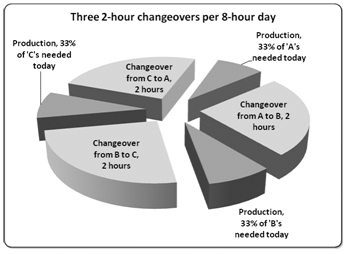Defects
Defects are the undesirable results of an error in a process. In most cases, this shows up as a product or service not conforming to a specification. Defects are often expressed as either yield of good parts, such as a 95% yield (meaning a 5% defect rate), or as Defects per Million Opportunities (DPMO). In the 5% defect example, the DPMO would likely NOT be 50,000 (5%). This is because in this calculation, there may Read more…

